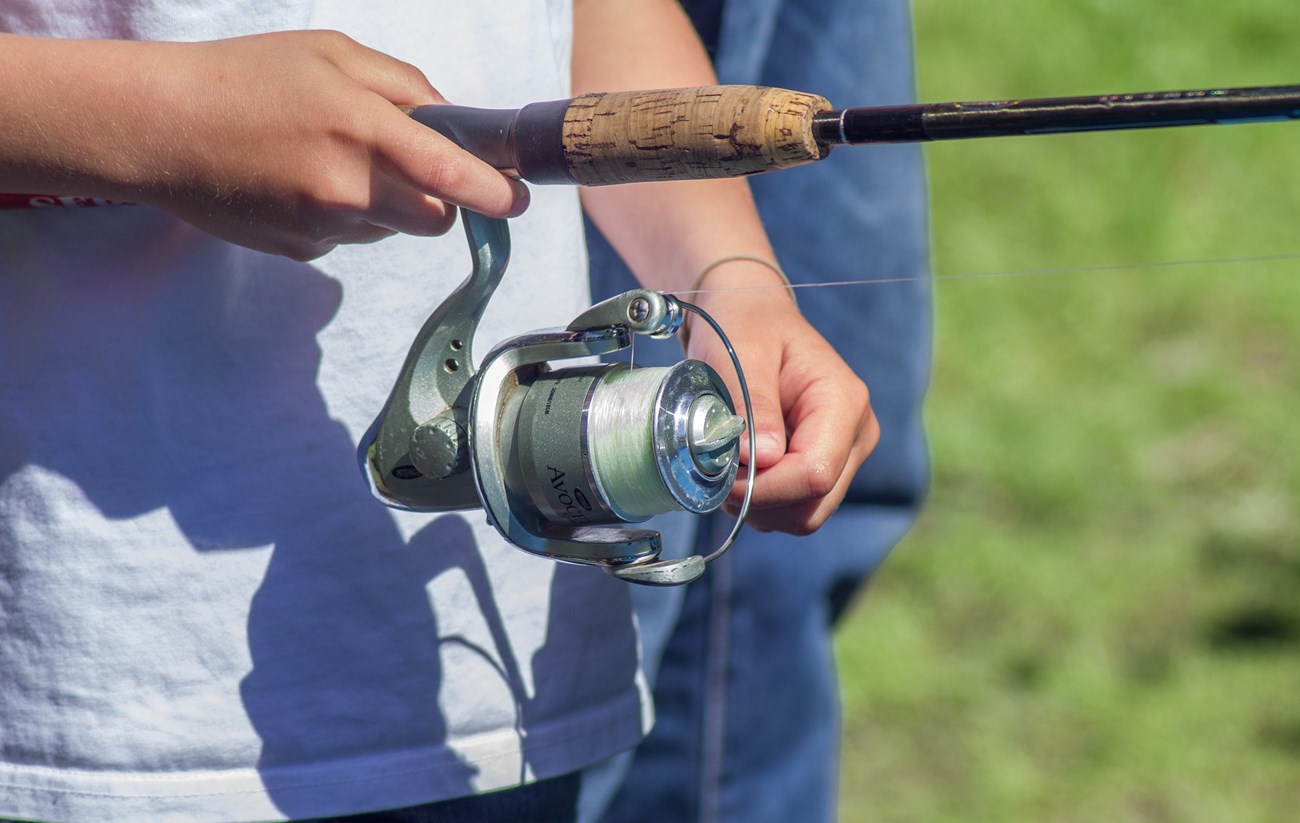
Fishing in Ozark National Scenic RiverwaysWhat comes to mind when you think about fishing? Patience, relaxation, challenge, and memories are a few words often associated with fishing. You will find all that and a sense of stewardship, conservation, and preservation on this page. We want you to have an enjoyable time during your visit, and for those who come after you to fish. Take some time to explore, learn what the park has to offer and learn your responsibilities before casting a line or flicking a fly into the water. For more information on how fishing regulations work in national parks, go to the NPS Fish and Fishing website. Licenses
Fishing Regulations
Fish Consumption Advisories in National Park WatersThe Environmental Protection Agency, states, territories, and tribes provide advice on fish and shellfish caught in the waters in their jurisdiction to help people make informed decisions about eating fish. Advisories are recommendations to limit your consumption of, or avoid eating entirely, certain species of fish or shellfish from specific bodies of water due to chemical or biological contamination. To learn more about this topic, the National Park Service maintains information about Fish Consumption Advisories and Mercury and Toxins in Nature.
Aquatic Invasive SpeciesImagine your favorite fishing spot and the wonderful memories. Things may look fine but underneath the surface there is a serious threat. Everything you remembered is now cemented together in a sharp, smelly mess. Invaders have wiped out the fish species you used to catch. Fishing Throughout the National Park ServiceWe invite you to visit the Fish and Fishing website for more information about fish and fishing in the National Park Service. You will learn about conservation, different fish species, and parks that offer fishing. 
NPS Become a Junior Ranger Angler!Join a Ranger this summer Memorial Day-Labor day in participating park campgrounds at 10 a.m. for a Junior Ranger Angler program. Kids will learn all about sport fishing, river ecology, river safety and have their chance to catch a fish. All equipment provided. In the meantime, earn your Junior Ranger Angler Badge by visiting here. |
Last updated: March 12, 2021
